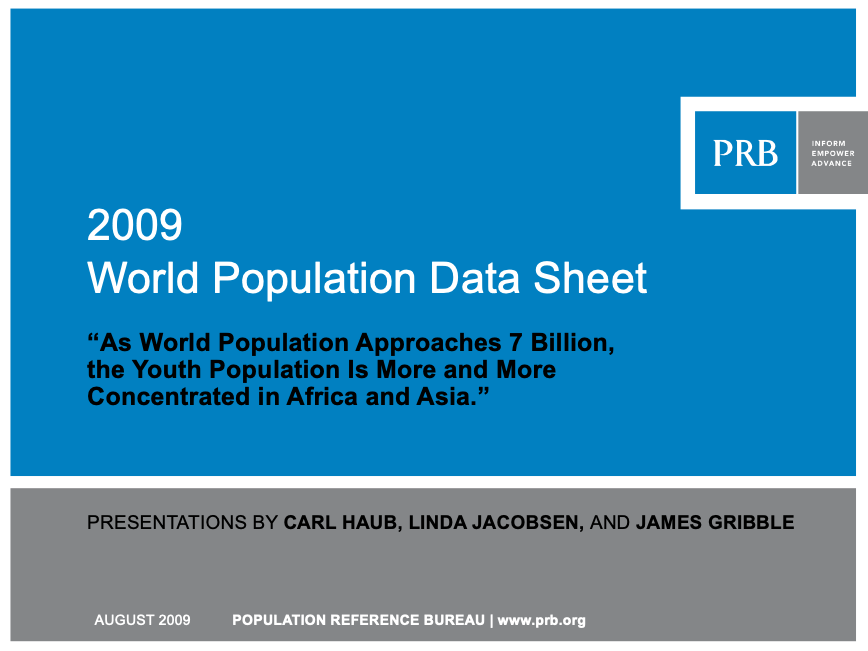497 Search Results Found For : " ʸī rqc912.top Ʈ 继īƮ Time slot ¶īƢ ػ罺 Ȧ PC ī Ȳ"

Project: Center for Public Information on Population Research (CPIPR)
Climate Change and Pollution Affect How Communities Plan, Adapt, and Mitigate Risk
Environmental forces like wildfire, extreme heat, and pollution can have profound effects on our health, jobs, and decisions on where to live.
Family Care for an Aging Population
(2010) Today, Americans are more likely to marry and to divorce than in almost any other Western nation. Serial marriages, rising levels of cohabitation, delayed childbearing, and nonmarital parenthood have added complexity to American families.
The Fred H. Bixby Forum: The World in 2050 (Day 1 Presentations)
"The World in 2050: A Scientific Investigation of the Impact of Global Population Changes on a Divided Planet" was held in Berkeley, Calif., on Jan. 23 and 24, 2009.

2009 World Population Data Sheet Presentation
(August 2009) The Population Reference Bureau released its 2009 World Population Data Sheet on Aug. 12, 2009, at the National Press Club in Washington,DC with presentations highlighting children and youth, the theme of this year's data sheet.
PRB Discuss Online: Population and National Security
(2011) In her new book, The Future Faces of War: Population and National Security, author Jennifer Dabbs Sciubba argues that the future of warfare will be shaped by demographic trends in fertility, mortality, and migration.

Presentation: 2009 World Population Data Sheet
(August 2009) The Population Reference Bureau released its 2009 World Population Data Sheet on Aug. 12, 2009, at the National Press Club in Washington,DC with presentations highlighting children and youth, the theme of this year's data sheet.

